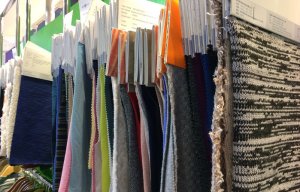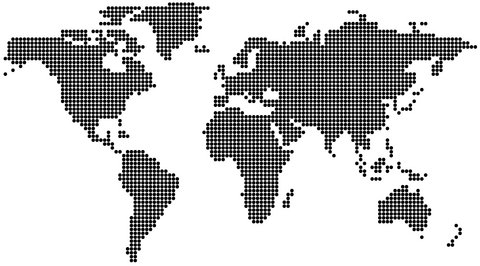
Functional textiles focus at Delhi conference
The Sixth Conference of this series will be in the USA during 26-28 May 2015, hosted by the College of Textiles, NCSU, a leader in textile engineering education and research in the world with strong activities in 3D fabrics.

17th October 2014
Innovation in Textiles
|
This series of conferences started in Manchester UK in 2008 with an attendance of 150 people and was followed by conferences in Greenville, SC, USA in 2009, Wuhan, China in 2011, Aachen, Germany in 2012, and Delhi, India in 2013.
The Sixth Conference of this series will be in the USA during 26-28 May 2015, hosted by the College of Textiles, NCSU, a leader in textile engineering education and research in the world with strong activities in 3D fabrics.
The advances in the textile-technology for 3D fabrics are diverse. Solid 3D woven fabrics, which can be made on commercial machinery either as flat panels or 3D shapes, are of importance in composites.
They give a potential for major reductions in aircraft weight and have significant applications in military hardware. The stimulus to development given by these uses opens up possibilities in automotive, construction, medical and many other fields. Hollow woven fabrics with multiple voids can be used in protective composites.
Tubular forms can be multiply branched. For some forms, braiding is an alternative to weaving. Advances in knitting mean that whole garments can be produced, so that stitching together of separate pieces is eliminated; similar developments are taking place in weaving. This technology can be adapted to make complex 3D shapes for technical uses. 3D shells can be made by nonwoven technology.
The application of information technology through CAD/CAM is important for the growth of the technology through efficient manufacturing. The meeting of the engineering requirements for demanding end-uses needs reliable specifications for product performance. Predictive modelling of mechanical performance will be an important feature of the conference.

Business intelligence for the fibre, textiles and apparel industries: technologies, innovations, markets, investments, trade policy, sourcing, strategy...
Find out more